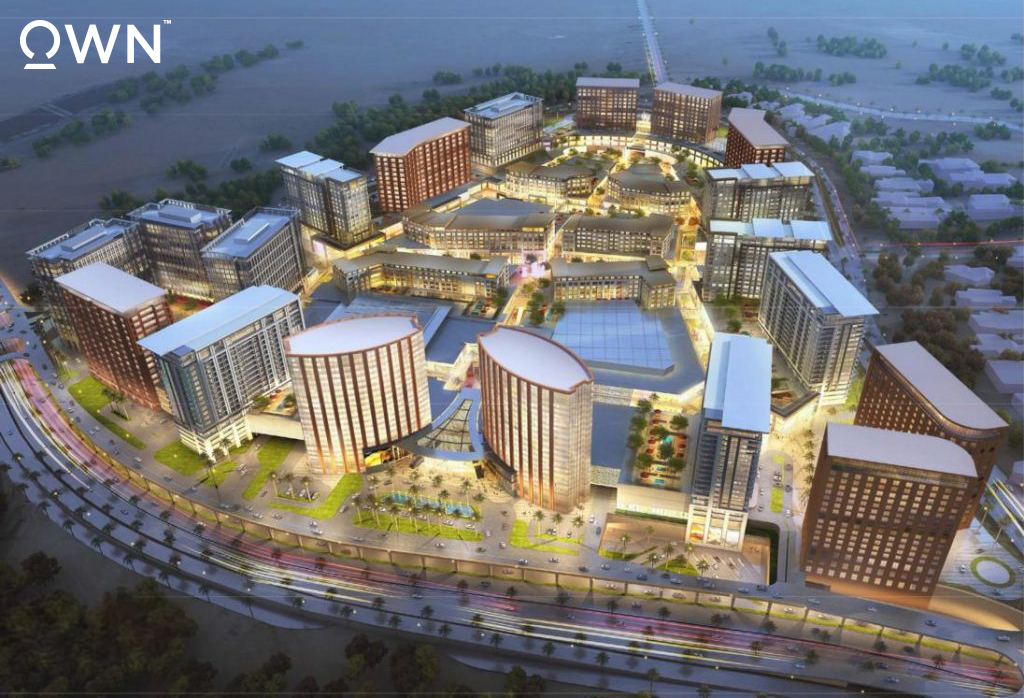Adaptive Reuse Projects: Reviving Old Buildings

#image_title
Adaptive Reuse Projects: Turning Old Buildings into New Spaces
Adaptive Reuse Projects: Reviving Old Buildings into New Spaces is a remarkable journey of transforming aged structures into vibrant, functional, and innovative spaces. In this comprehensive guide, we’ll delve into the world of adaptive reuse projects, exploring the reasons behind their growing popularity, the creative process, and their impact on communities. You’ll gain insight into the challenges faced and the benefits derived from breathing new life into old buildings.
Introduction
Adaptive reuse is a sustainable and cost-effective approach that bridges the gap between history and modernity. It offers a unique way to preserve the cultural and architectural heritage of old buildings while repurposing them to meet contemporary needs. This article will take you on a fascinating tour of adaptive reuse projects and help you understand the magic of turning old buildings into new, functional spaces.

The Beauty of Adaptive Reuse
Adaptive reuse projects are a testament to the beauty of transformation. Old buildings, whether they are historic factories, warehouses, or even churches, can be turned into captivating spaces that serve new purposes. It’s the harmonious blend of preserving the past and embracing the future that makes these projects so appealing.
Benefits of Adaptive Reuse
Adaptive reuse projects offer a multitude of benefits to both the community and the environment. By repurposing existing structures, we reduce the demand for new construction and preserve resources. Moreover, these projects often become focal points for creativity and community engagement.
Creative Process
Turning an old building into a new space is a complex and creative endeavor. It involves extensive planning, design, and construction. Architects, designers, and builders work together to bring these visions to life, maintaining the integrity of the original structure while ensuring it functions in a new way.
Challenges Faced
While the concept of adaptive reuse is inspiring, it’s not without its challenges. Working with old buildings can be unpredictable due to their deteriorating conditions. Budget constraints and navigating regulations can also be daunting, but the rewards are worth the effort.
Impact on Communities
Adaptive reuse projects often breathe new life into neglected neighborhoods. They boost local economies, create jobs, and revitalize communities. Moreover, these projects celebrate the history and character of the area, making them highly cherished by residents.
Success Stories
There are countless success stories of adaptive reuse projects around the world. From the High Line in New York City to the Tate Modern in London, these projects have transformed cities and inspired people with their innovative designs and creative use of space.
FAQs
What is the primary goal of adaptive reuse projects?
The primary goal of adaptive reuse projects is to transform old buildings into new, functional spaces while preserving their historical and architectural significance.
How do adaptive reuse projects benefit the environment?
Adaptive reuse projects benefit the environment by reducing the need for new construction, which in turn conserves resources and reduces waste.
What challenges are commonly faced during adaptive reuse projects?
Common challenges in adaptive reuse projects include dealing with deteriorating building conditions, navigating regulations, and working within budget constraints.
**What impact do adaptive reuse projects have on communities?
Adaptive reuse projects have a positive impact on communities by revitalizing neglected areas, creating jobs, and boosting local economies. They also celebrate the history and character of the community.
**Can you provide examples of successful adaptive reuse projects?
Certainly! Some famous examples of successful adaptive reuse projects include the High Line in New York City, the Tate Modern in London, and the conversion of old factories into vibrant cultural spaces.
**What role do architects and designers play in adaptive reuse projects?
Architects and designers are instrumental in the creative process of adaptive reuse projects. They work on preserving the original structure’s integrity while making it functional for its new purpose.
Conclusion
Adaptive Reuse Projects: Turning Old Buildings into New Spaces is a captivating journey that showcases the innovative transformation of old structures into vibrant and functional spaces. These projects not only preserve history and architectural beauty but also breathe new life into communities. The benefits of sustainability, cost-effectiveness, and creativity make them a compelling choice for revitalizing our surroundings. As you explore the world of adaptive reuse, you’ll discover that old buildings can indeed be turned into new, inspiring spaces that enrich our lives.
Don’t forget to hit the like button if you enjoyed this article! For guaranteed AI-detector test passing and plagiarism removal, check out our exclusive offers:



